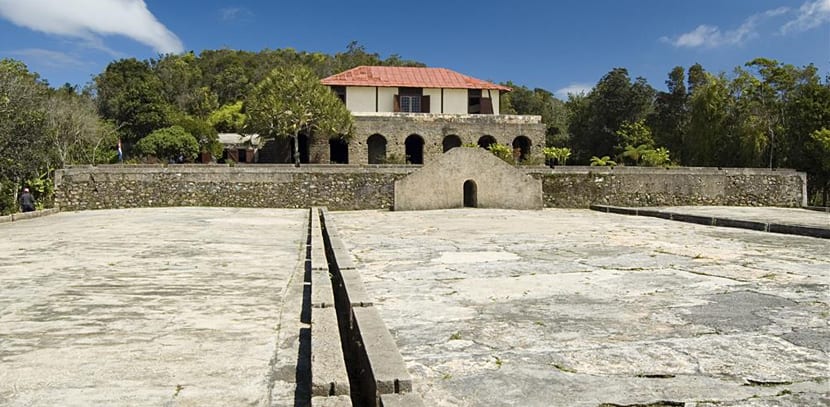
Nowadays Cuba It is synonymous with paradisiacal beaches, hotels, keys and revolution, but in truth the country is better known if one abandons the typical tourist destinations, the most common, the most offered when it comes to a week-long trip.
Cuba is a marvelous island whose landscapes cannot be summed up as "beaches" and neither is its history to the Cuban Revolution, since in reality it has its roots in the very genesis of the American continent. One of the destinations that we recommend today is then concentrated in old Cuban coffee plantations.
Cuba and coffee
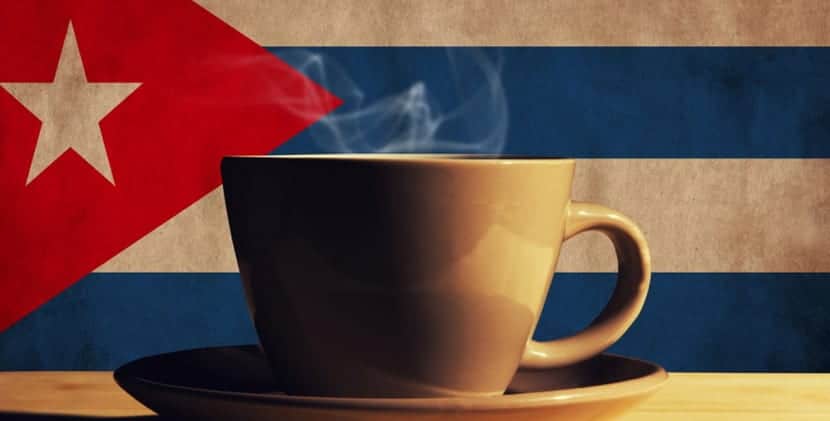
This relationship can be written in the past tense because today Cuba has disappeared from the international coffee field. Brazil or Colombia are today synonymous with American coffee and those who do not know the coffee history of the Greater Antilles cannot even suppose that once, in some distant time, extensive coffee plantations adorned their landscapes.

The story is simple: with the revolutions in Haiti and the North American colonies, many French people who had their coffee businesses there migrated to Cuba and began to exploit the fields. They were distinguished families, wealthy and of French origin, hence, to this day, people talk about the "French coffee plantations" in Cuba.
France was at that time the cradle of the most modern ideas in matters of social and political organization and the beacon that everyone looked at when it came to culture, the arts and architecture. Thus, the owners of the coffee plantations built mansions that they decorated with works of art and French-style furniture.

The first Cuban coffee plantation was founded around Havana in 1748 hand in hand with José Gelabert, arrived from Santo Domingo, but if this was the kickoff a few years later the coffee business exploded with the flood of French refugees after the Haitian revolution in 1791.
With their fortunes and knowledge in tow, these families bought good lands, mostly in the west of the island, in the center and even some in the islands, they prepared them and turned them into coffee plantations.
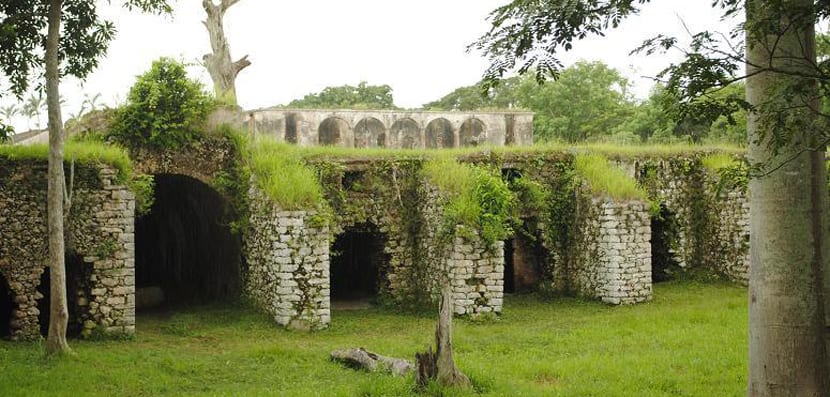
In this manner At the dawn of the XNUMXth century, Cuba was synonymous with coffee and was the world's leading exporter of beans.. But once the business has been developed there is always someone who wants to get more out of it and in that case it was Spain with its high taxes and international prices. They scared away their traditional buyers, the United States was the first, and that made the coffee plantations of Brazil and Colombia, for example, receive more stimulus and grow.
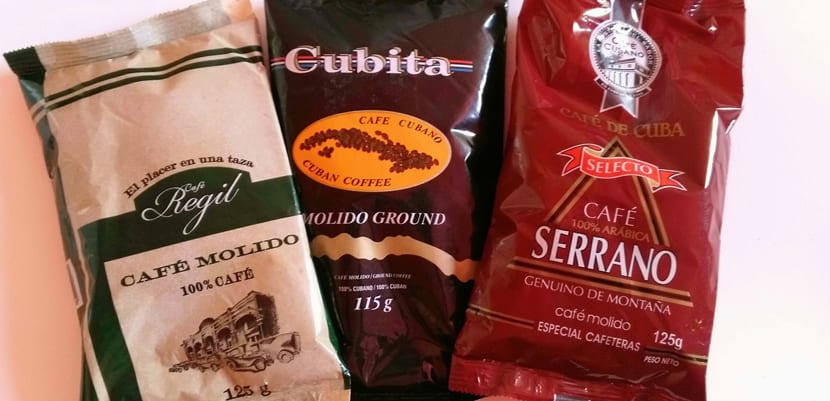
Ultimately that ended coffee in Cuba, at least the business. The coffee plantations that remained continued to work skillfully, achieving quality crops, what today we would say "gourmet." This is how a few continue to this day, producing and selling to select markets. The glorious past was left in the past by bad business decisions.
Tour through the Cuban coffee plantations
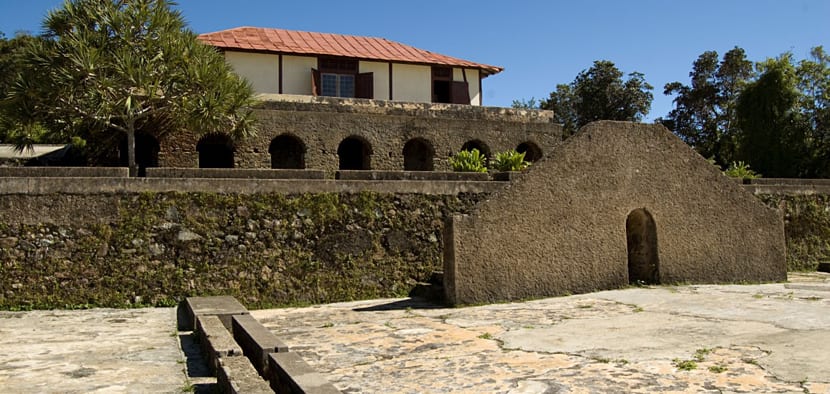
Coffee is grown between the Tropic of Cancer and the Tropic of Capricorn. As Cuba is far from the equator at a relative altitude of between 350 and 750 meters, its fields produce high-quality grains, mostly belonging to the coffee arabica in six of its varieties.
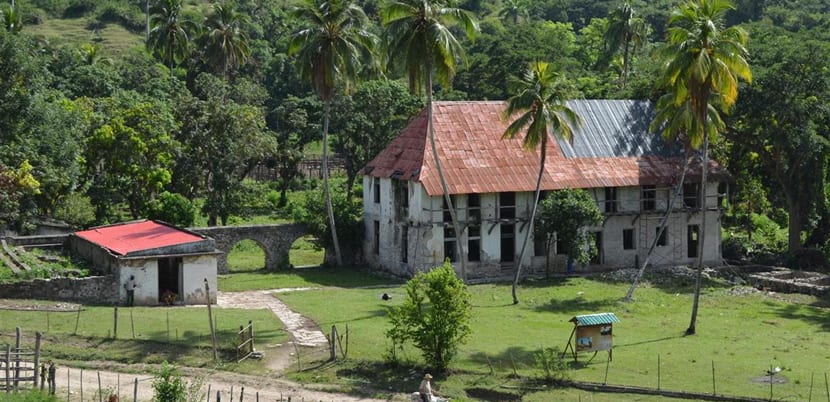
If you go to Cuba on vacation and stay more than the typical week and want to know more than what is commonly offered, we suggest you visit these coffee plantations. There are historic, in ruins, and there are still in operation.
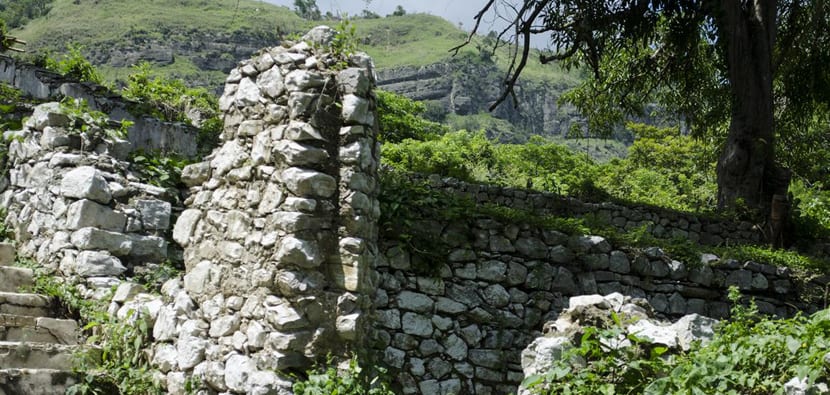
For example, since 2000 there is a set of 171 coffee plantation ruins that have been declared Architectural and Cultural Heritage of Humanity. Some of them are recommended to visit.
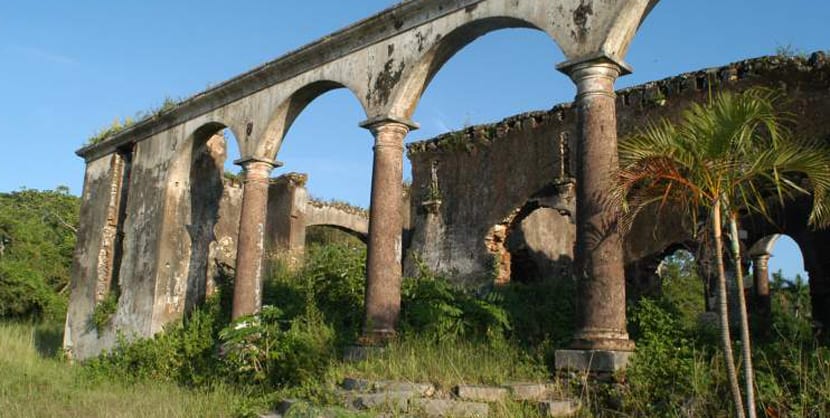
For example, there is the Santa Paulina Estate with its stately mansion with steps and surrounded by gardens or the Farm San Luis de Jaca, with a wonderful aqueduct with thirty arches. Just in Las Terrazas, a community in the west of the island, there are more than 60 farms, among which the one of Don José Gelabert stands out, La Isabelica and Buena Vista.
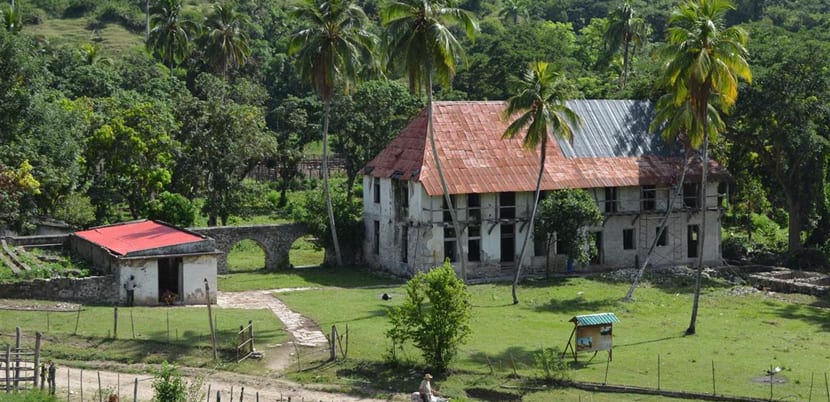
St. John of Scotland It is another coffee plantation with a French mansion, stairways and geometric gardens, The Linet it still has the tomb of its wealthy owner and the farm Jaguey It is huge, elegant and has original furniture. The Cafetal Fraternity.
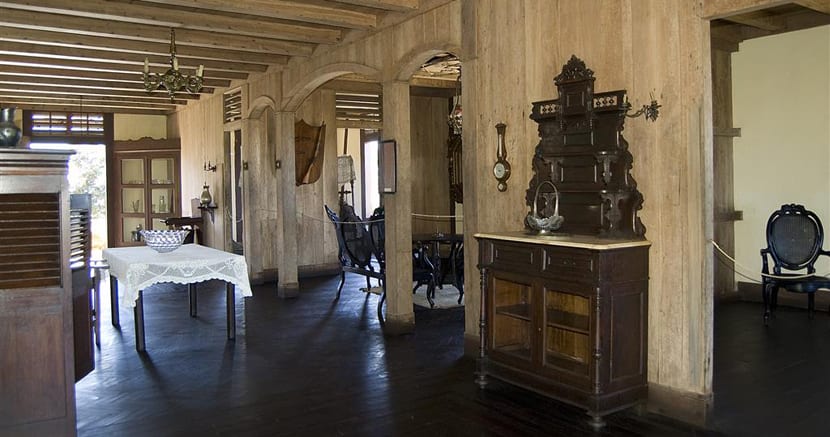
As you can see, there are many to see, if you want to know mansions, ruins or soak up the Cuban coffee history and see the structure of these farms around the cultivation and production of coffee (from the hands of slaves, let's not forget). It is that here the topography of the land required the brains and the work of engineers, carpenters and labor and what we see today is only a reflection of that empire.

One of the best-known coffee plantations that you cannot miss is today La Isabelica Museum. The mansion was restored in the 60s and has functioned as a museum ever since. The house, the tendales, the kitchen and the warehouse, the lime kiln and some garage have been well preserved. Here, even the architecture of the house is functional to the production of coffee since part of it functions as a warehouse.
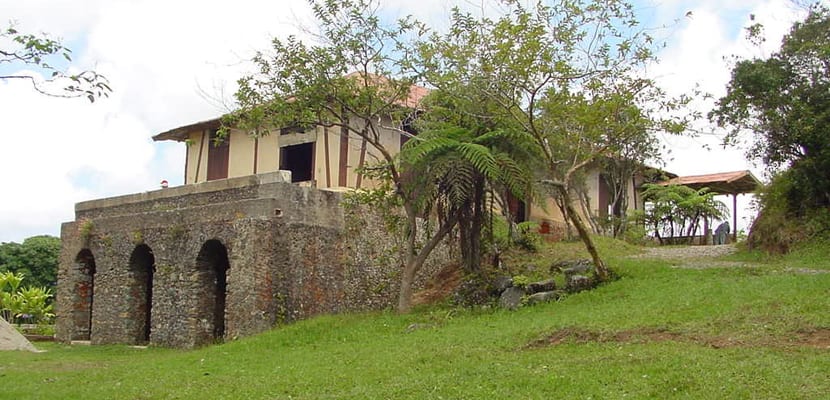
La Isabelica is in the east of Santiago de Cuba, only 24 kilometers away. According to legend, the name is in honor of the owner's mistress slave, a Haitian named Isabel María. At the beginning of the XNUMXth century the farm was huge and was dedicated to coffee, vegetable cultivation and animal husbandry. I think it is one of the best places to see the Cuban coffee culture.
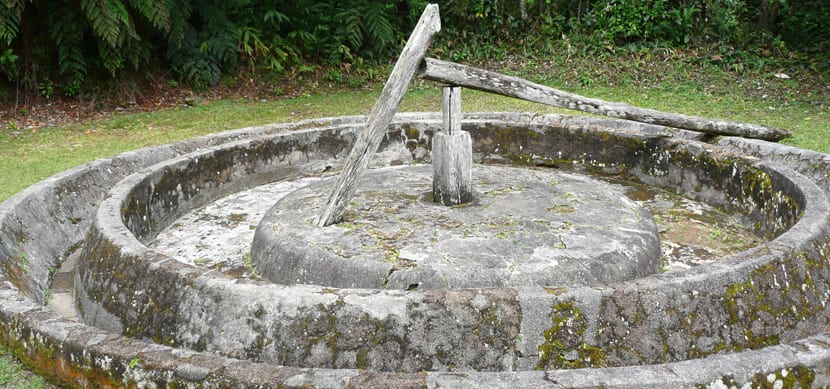
The truth is that the coffee plantations in the southeast of the island have been very well preserved since at the beginning of the XNUMXth century everything was abandoned by international competition, so it is like everything has become a ghost site that to this day, a century later, it is a perfect fit for tourists.
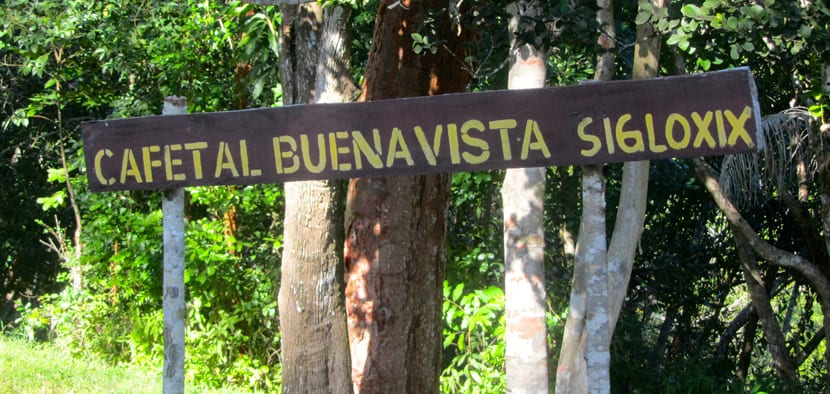
The Cuban government thought some time ago to draw a Coffee Route through the Sierra Maestra area so that we can get to know this site. The idea of connecting some 170 historical coffee plantations out of the total of 250, making use of old roads and well-preserved transport routes.
Is two circuits, one in the Great Stone, an impressive mountainous massif, whose route includes La Isabelica and La Siberia garden, and a second circuit that includes a walk through the estates of San Juan de Scotland, San Luis de Jacas and Fraternidad, as well as a walk through the plateau of Santa María de Loreto to finish at the so-called French Tomb.
You sign up?
Hello, does anyone know if in the City of Santiago de Cuba once, perhaps in the second half of the XNUMXth century, there was a cafe called 'La Estrella'?